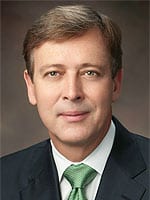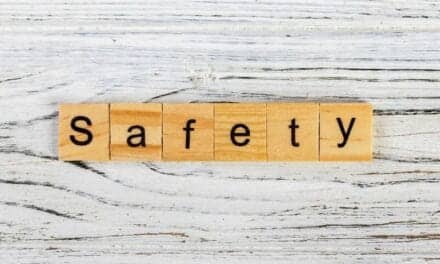Indeed, the injectables landscape has changed significantly in recent years: treatments are becoming more sophisticated; prices are falling; beauty regimes are becoming increasingly complex; and the normalisation of cosmetic procedures — largely driven by celebrity culture and social media — has given rise to a new generation of young consumers for services ranging from muscle relaxers like Botox, to lip- and cheek-plumping fillers to non-surgical rhinoplasties.
According to a report by The American Society for Aesthetic Plastic Surgery (ASAPS), the growth of non-surgical cosmetic procedures is fast outpacing that of surgical ones. Injectable treatments alone rose 10 percent last year, with over 7 million procedures performed in the US alone. And while the 35-to-50-year-old demographic was the largest consumer of injectables, use among 19-to-35-year-olds rose by 30.7 percent. Intelligence provider Research and Markets expects the global facial injectables market to continue to grow at an annual rate of 10.4 percent between 2017 and 2023.
Dr Tijion Esho, a UK-based practitioner who specialises in non-surgical rejuvenation, sees this trend reflected at his practice, where injectable procedures make up about 70 percent of his business. “[It’s] almost like two tiers of patients,” he told BoF. “Generation X and then your millennial generation. And the millennial generation… I feel like they’re more forthcoming.”
A poll conducted at Dr Esho’s clinic showed one in three patients considered injectables as complementary to makeup. “In a way it’s now become part of many women’s routines,” he explains. “It’s becoming quite common place.”
Click here to view original web page at www.businessoffashion.com



